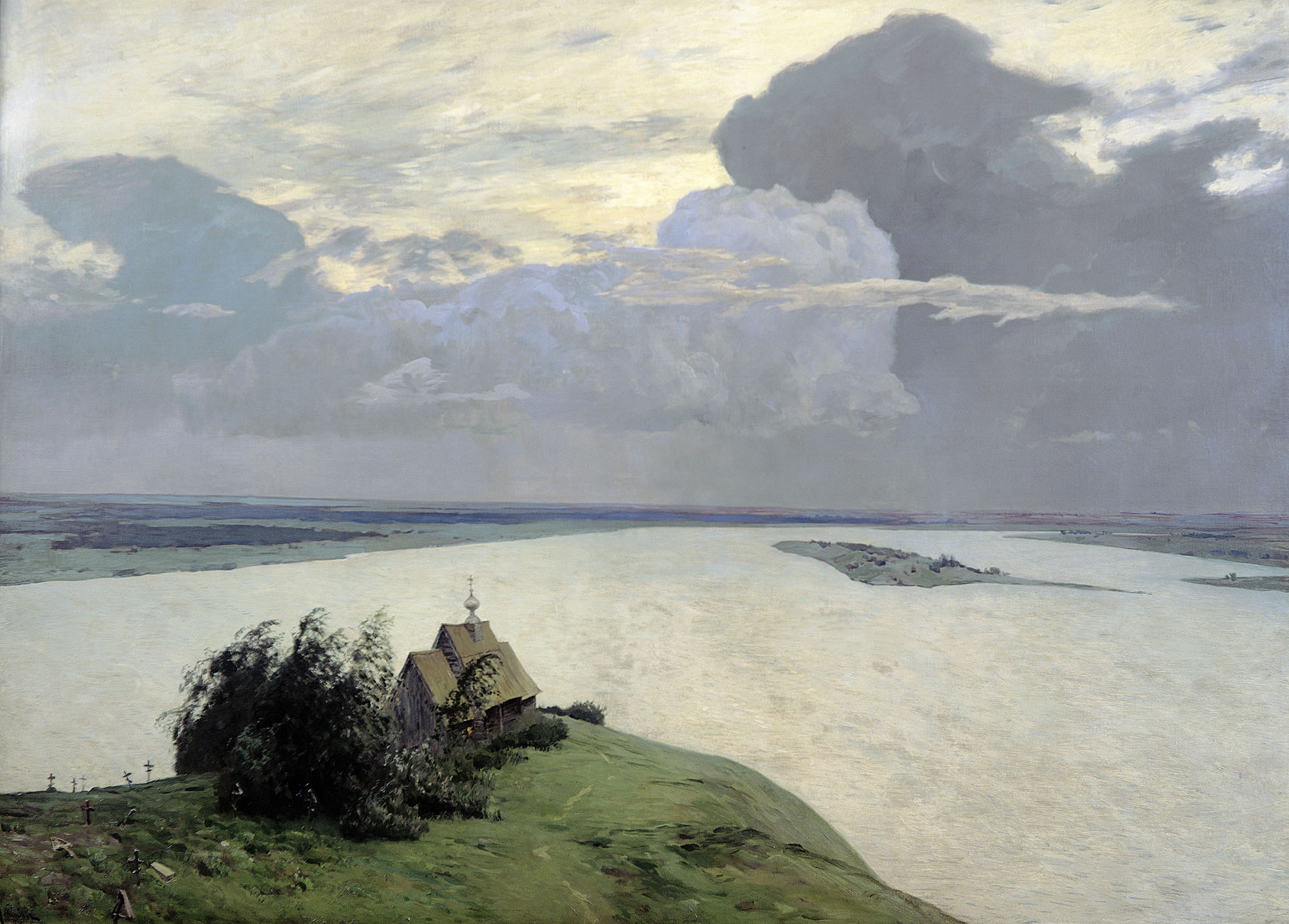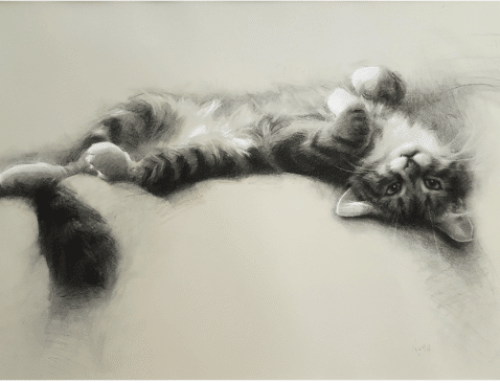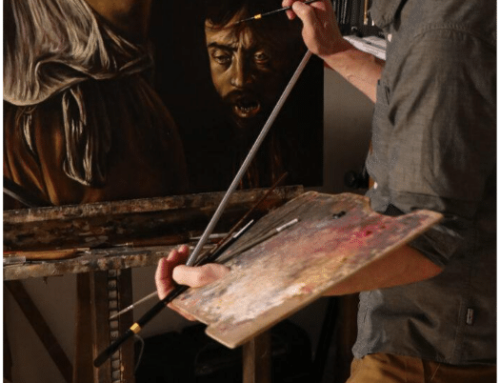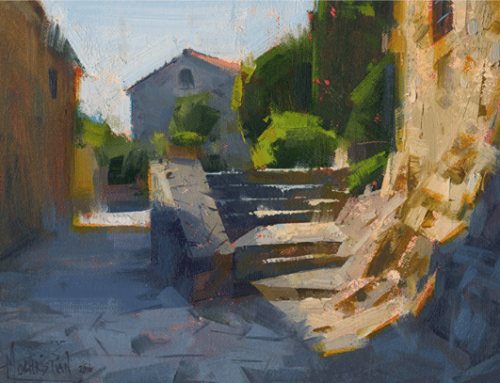Iisaac Levitan was one of the greats of Russian painting, a master of the memorable, deeply felt landscape.
Levitan’s work is filled with profound feeling and meaning beyond the views he chose to depict. Levitan had a hard, short life. He was born into poverty and faced hardship and antisemitism all his life. But as an artist, he chose beauty.
Levitan had no time for fashion or trends, including the style of the day, Impressionism; he used a direct, classical approach to create his special variant of the “landscape of mood.” These are emotive paintings, in which the shape and condition of nature is approached almost spiritually, as though a mirror of the human soul.
‘The Sanctity of Things’
About his work, Levitan said, “I chose to paint not exclusively beautiful places, but the most simple and ordinary… revealing those intimate, deeply moving, often sad traits that are felt so strongly in our native landscape and that so irresistibly act upon the soul.”
Those are the words of a painter devoted to expressing a meaningful engagement with the transcendent despite a world he found alternately beautiful and brutal. Levitan’s landscapes, in the apt words of his contemporary Aleksandr Benois, “are permeated with that depth of human emotion experienced in confronting the sanctity of things.”
Arguably, his masterpiece is The Vladimir Road, or ‘Vladimirka’ as it was commonly known. This was an infamous route on which persecuted jews and condemned prisoners were cruelly marched into exile and hard labor in Siberia. In May 1892 Levitan and the older artist Sofia Kuvshinnikova, with whom he was having an affair, were living near it. Kuvshinnikova’s wrote about it in her memoirs:
“One day, returning from the hunt, Levitan and I happened across the old Vladimir Road, a scene filled with quiet charm; a long strip of road … running through villages and heading into the blue remoteness. In the distance two churchgoers, and an old dilapidated building with a weather-beaten icon that spoke of an age long forgotten. Everything looked so comfortable, so welcoming. Then suddenly Levitan recalled what road this was … the Vladimir Road, the very same highway along which the clinking of shackles was once heard, as all those unfortunate souls made their way to Siberia … and that quiet poetic scene was suddenly shot through with a profound undercurrent of melancholy.”
The famous Russian opera singer Fyodor Shalyapin, a friend of Levitan’s, said of Levitan’s painting:
“It has brought me to realization that the most important thing in art is this feeling, this spirit, this prophetic word that sets people’s hearts on fire. And this prophetic word can be expressed not only inspeech and gesture but also in line and color.”




